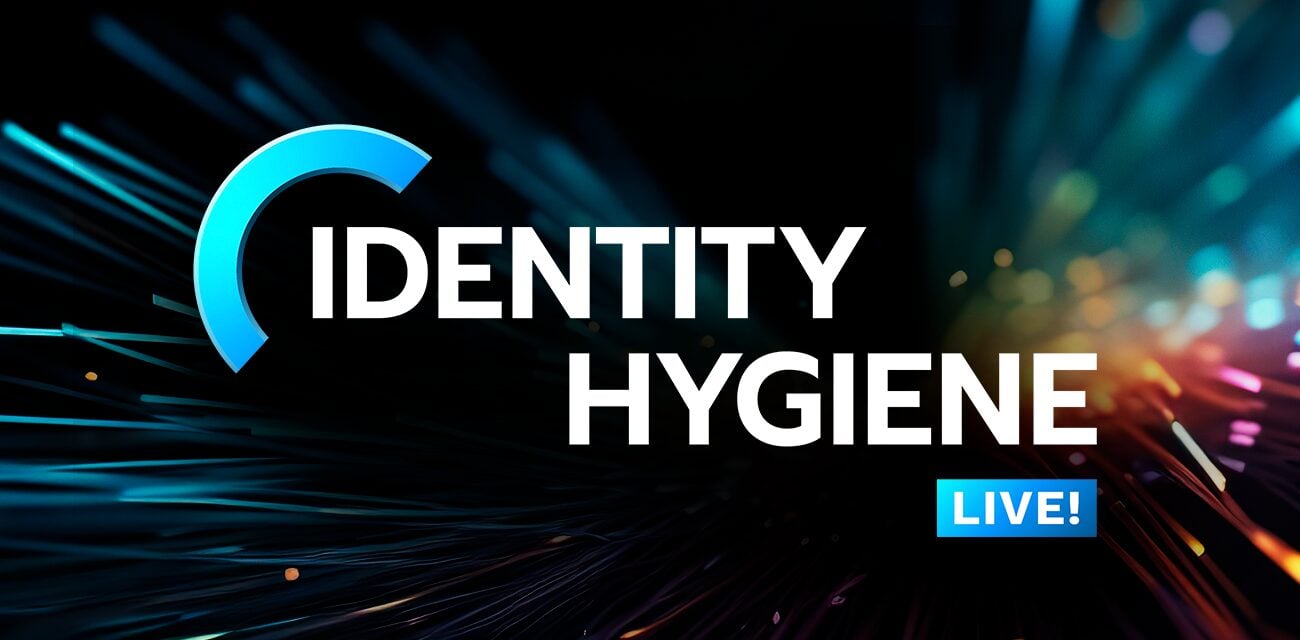Introduction
A short while ago, one of the largest automotive manufacturers, a giant in the automotive industry, faced an unexpected and significant challenge that went beyond the assembly line. The company found itself at the center of a cybersecurity storm when it fell victim to a security breach that raised concerns about its identity hygiene, data security, and the evolving landscape of cyber threats. This blog post will delve into the details of this automotive manufacturer’s security breach exploring the consequences and the lessons learned from this pivotal moment in the history of cybersecurity.
The Breach
An employee for this auto manufacturer discovered that they had access to a file share where corporate plans were stored. The employee made a copy of the future 5-year plan and forwarded it to several media outlets who then published the classified information. The auto manufacturer acknowledged that sensitive information about its future plans had been compromised due to a security breach. The incident involved unauthorized access to a U.S.-based file server containing highly confidential data. The compromised data included their future plans to keep employee costs low, benefits down, and whether it should invest its money into the future development of either hydrogen or electric vehicles. The breach sent shockwaves through the automotive industry and highlighted the growing threat of cyber-attacks and the necessity of persistent identity hygiene for large corporations.
Consequences
The aftermath of the security breach was multifaceted and impacted the auto manufacturer on several fronts:
- Reputation Damage: Their reputation, built on reliability and trust, took a hit. Customers were concerned about the security of their personal information, leading to a loss of trust in the brand.
- Financial Fallout: The cost of managing the breach's aftermath, including investigating the incident, implementing security measures, and potential legal actions, resulted in a significant financial burden for the company.
- Regulatory Scrutiny: Regulators closely examined their cybersecurity practices, leading to increased scrutiny and potential fines. The incident underscored the importance of complying with data protection regulations and regularly reviewing who has access to security groups and file shares.
Lessons Learned
The security breach served as a wake-up call for corporations worldwide. Several key lessons emerged from this incident:
- Regular Security Audits are Necessary. Proactive security measures are vital to identifying and addressing potential weaknesses in a company’s systems before they can be exploited. This includes regular security audits and vulnerability assessments.
- Identity Hygiene covers the strategy that organizations and individuals put in place to regularly maintain data, infrastructure, and application security. Identity hygiene seeks to prevent malicious acts by ensuring the right people have the right access to the right information.
- Investment in Cybersecurity: The incident highlighted the need for continuous investment in cybersecurity infrastructure. Companies should stay ahead of evolving cyber threats by implementing robust security measures and keeping their systems updated.
Conclusion
This security breach served as a pivotal moment in the history of cybersecurity. Organizations worldwide were prompted to re-evaluate their approach to data protection. The incident had immediate consequences for this automotive manufacturer, but it also contributed to the evolution of cybersecurity practices. This evolution emphasized the importance of encryption, regular security audits, transparent communication, and ongoing investment in cybersecurity infrastructure.




%20strategies%2c%20emphasizing%20the%20importa.webp)
